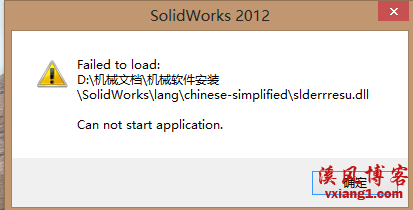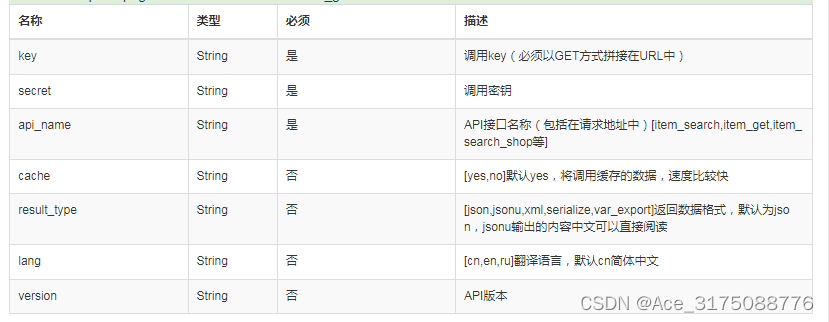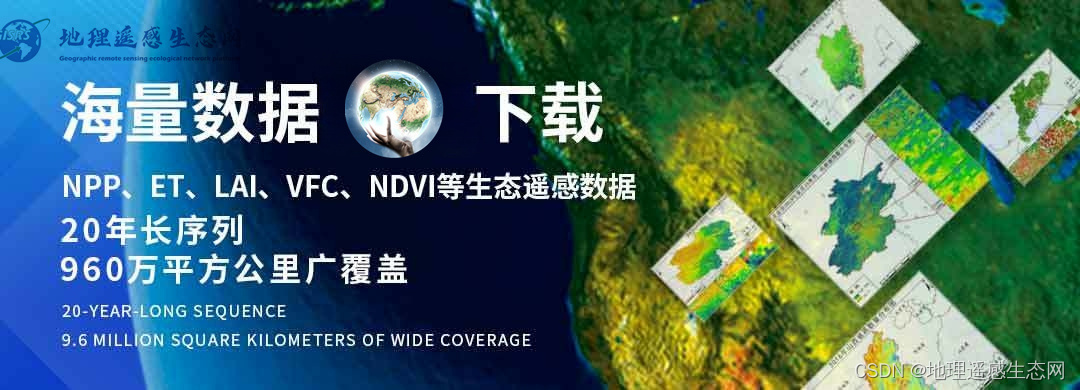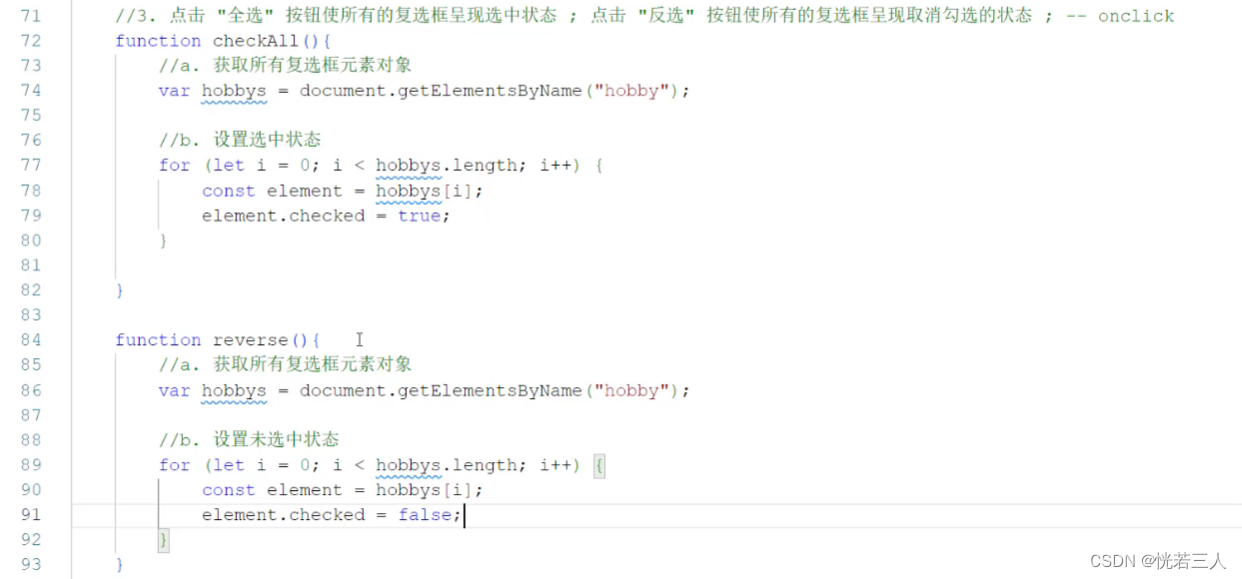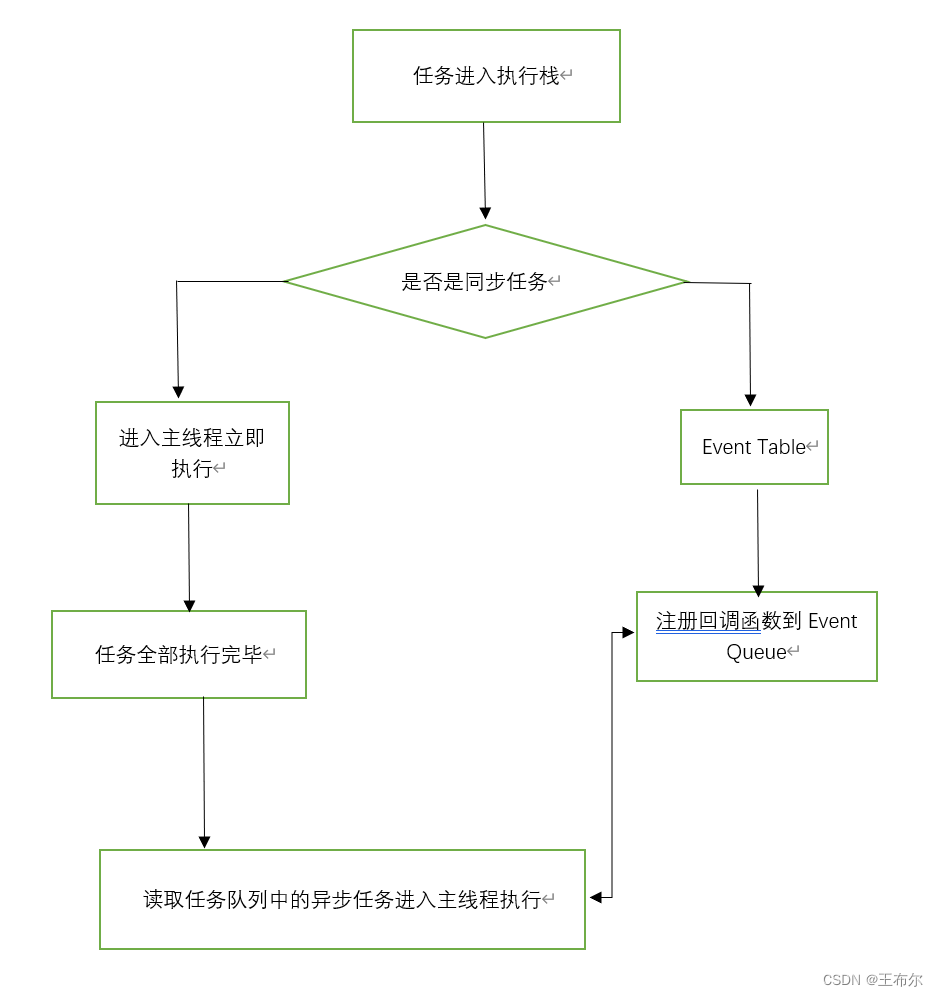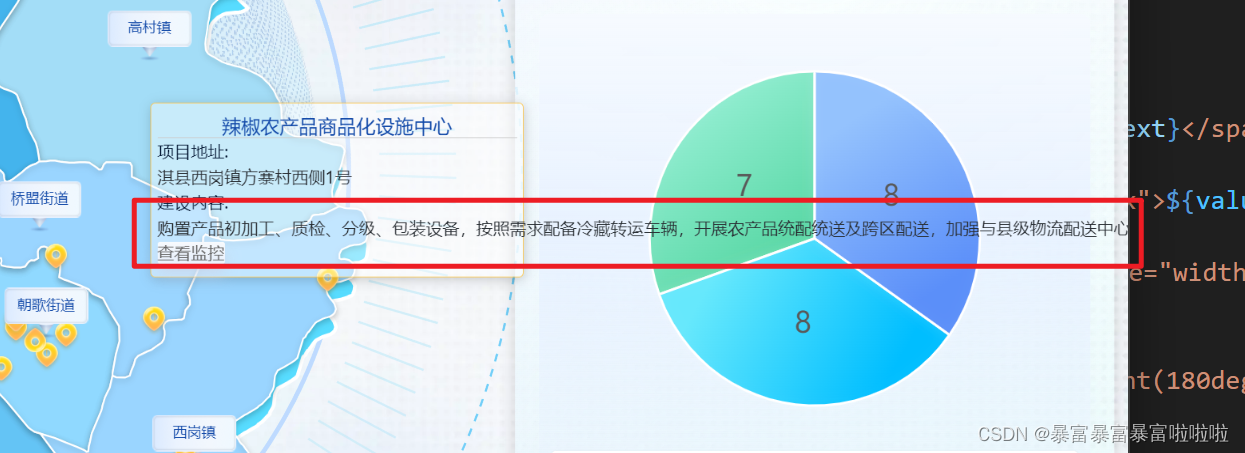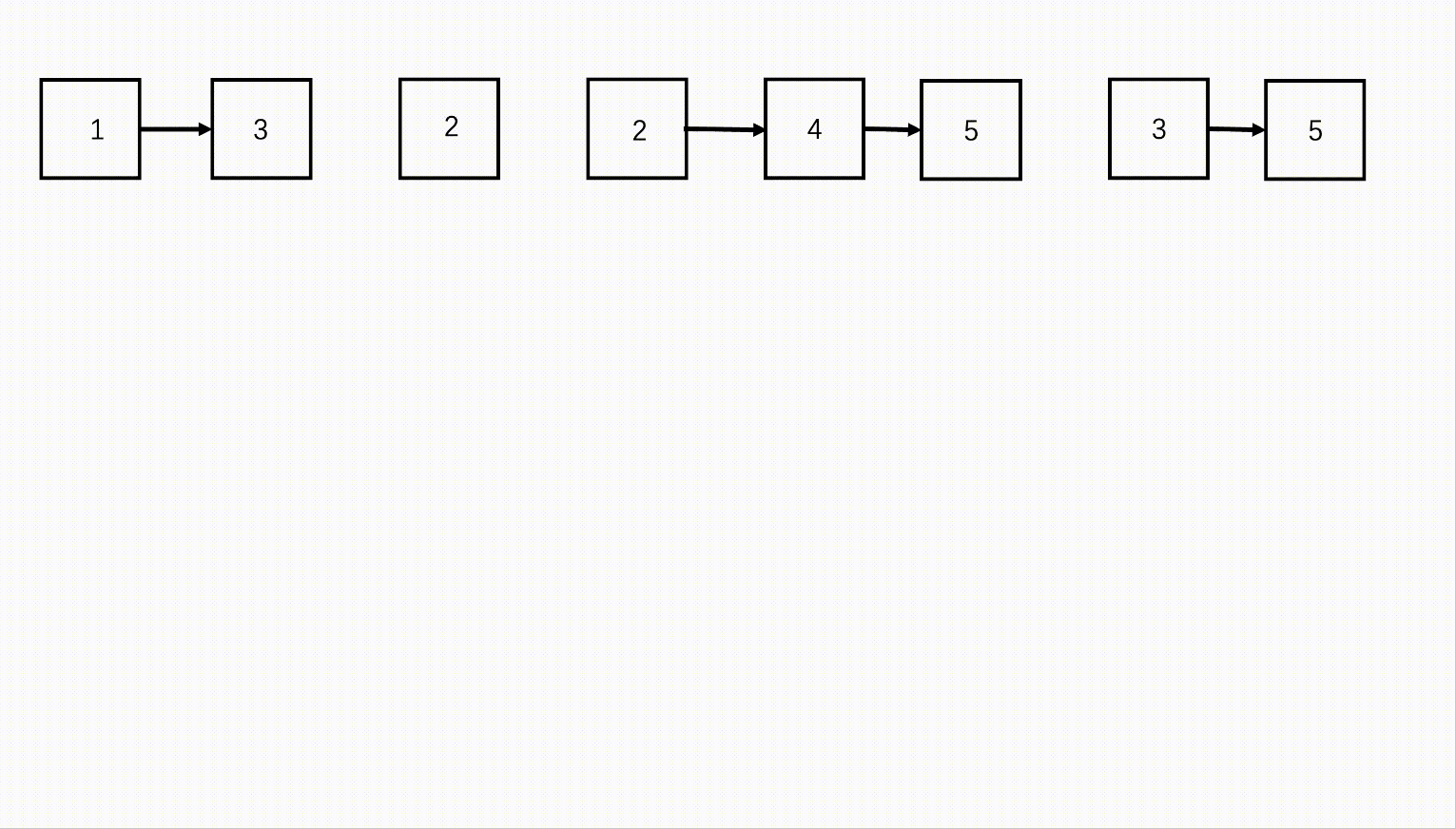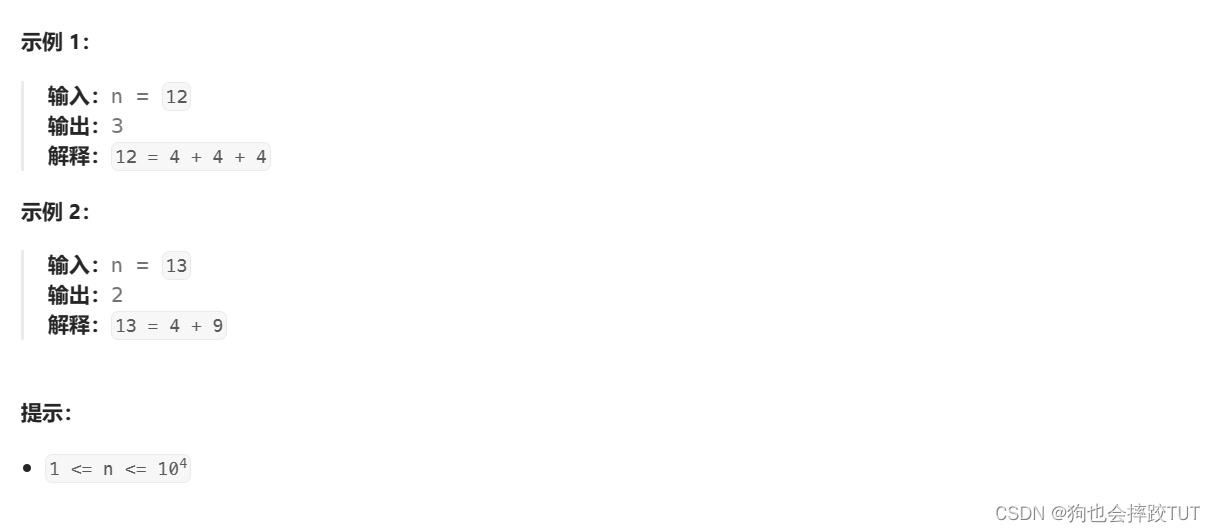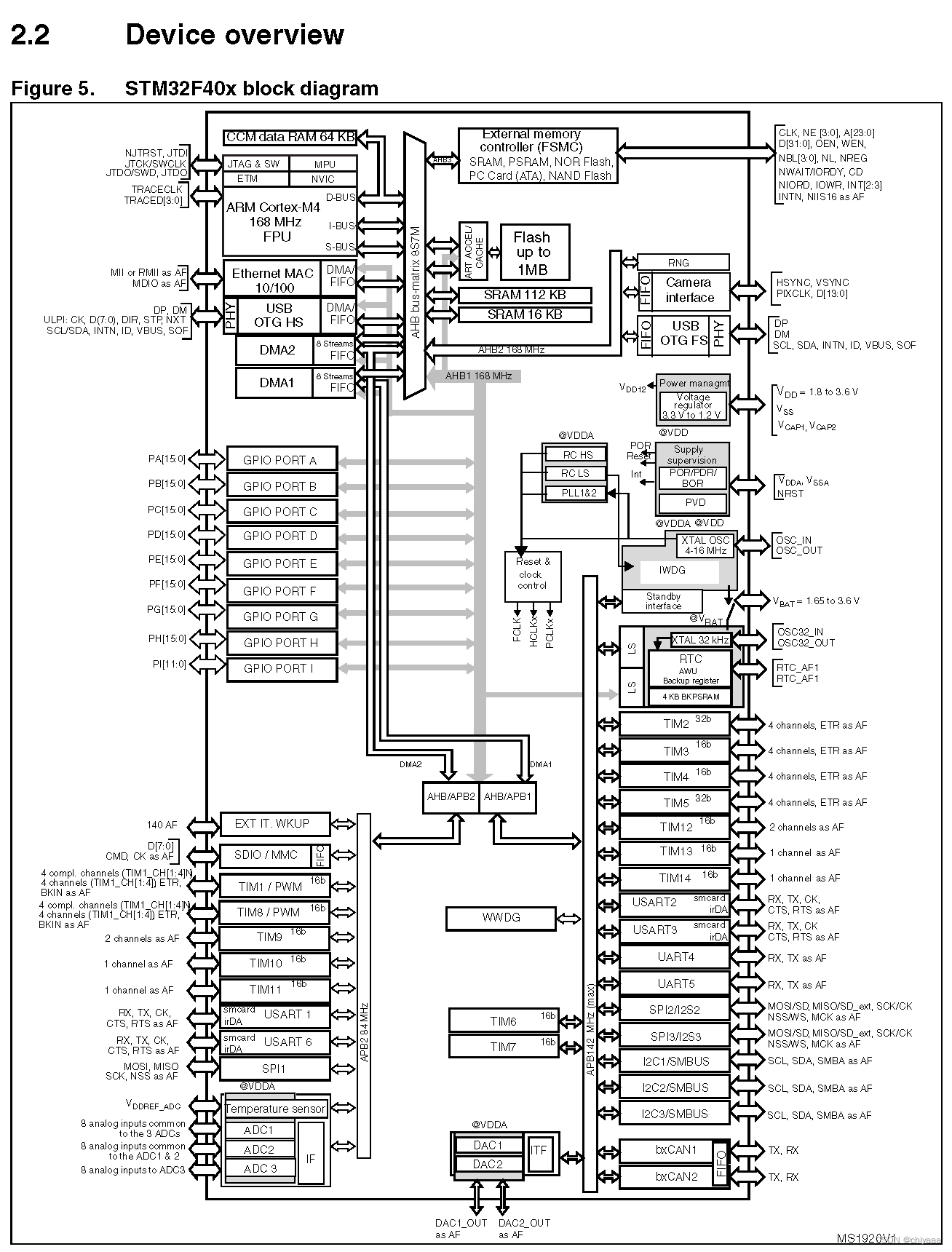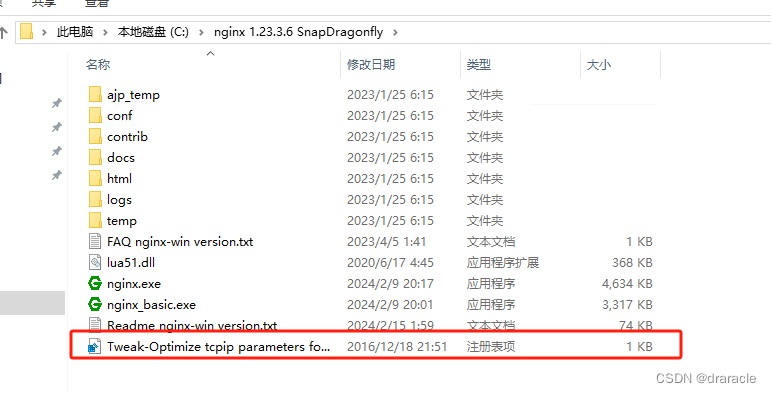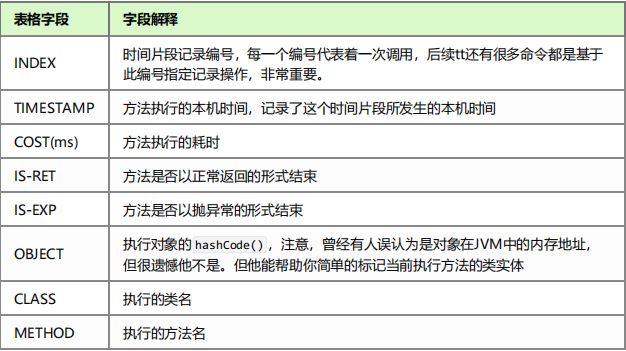这节再绘制一个机房的结构,因为内容比较简单,就只使用一个章节来介绍,
先来一张效果图,
 需要两个模型:一个冷却设备,一个服务器机箱,我这里是从网上找来的,首先我们搭建一个场景,
需要两个模型:一个冷却设备,一个服务器机箱,我这里是从网上找来的,首先我们搭建一个场景,
initScene(){
this.scene = new THREE.Scene();
},
initCamera(){
this.camera = new THREE.PerspectiveCamera(45, window.innerWidth / window.innerHeight, 0.1, 10000);
this.camera.position.set(200,-100,200);
this.camera.lookAt(200,200,0);
this.camera.up.set(0, 0, 1); // <=== spin // around Z-axis
},
initLight(){
//添加两个平行光
const directionalLight1 = new THREE.DirectionalLight(0xffffff, 1.5);
directionalLight1.position.set(-300,-300,600)
this.scene.add(directionalLight1);
const directionalLight2 = new THREE.DirectionalLight(0xffffff, 1.5);
directionalLight2.position.set(600,200,600)
this.scene.add(directionalLight2);
},
initRenderer(){
this.renderer = new THREE.WebGLRenderer({ antialias: true });
this.container = document.getElementById("container")
this.renderer.setSize(this.container.clientWidth, this.container.clientHeight);
this.renderer.setClearColor('#FFFFFF', 1.0);
this.container.appendChild(this.renderer.domElement);
},
initControl(){
this.controls = new OrbitControls(this.camera, this.renderer.domElement);
this.controls.enableDamping = true;
this.controls.maxPolarAngle = Math.PI / 2.2; // // 最大角度
this.controls.target = new THREE.Vector3(200, 200, 0);
this.camera.position.set(200, -100, 200);
this.camera.lookAt(200, 200, 0);
},
initAnimate() {
requestAnimationFrame(this.initAnimate);
this.renderer.render(this.scene, this.camera);
},然后添加房间,为了效果更真实,我们会创建一个房间,把服务器放在房间里,把冷却塔放在外面,创建方法和mes中的类似,只不过这个不用设计门了,可以直接搭建四堵墙和地板
floor:{floorWidth:600, floorLength:600,depth:1},
wall:{wallWidth:150, wallLength:300,wallHeight:20},
offsetValue:200,
initFloor(){
let floorGeometry = new THREE.BoxGeometry( this.floor.floorWidth,this.floor.floorLength,this.floor.depth);
let floorMaterial = new THREE.MeshPhysicalMaterial({color:'#FFFFFF'});
let textureFloor = new THREE.TextureLoader().load('/static/images/floor.jpg', function (texture) {
texture.wrapS = texture.wrapT = THREE.RepeatWrapping;
})
floorMaterial.map = textureFloor
let floor = new THREE.Mesh( floorGeometry, floorMaterial );
floor.name = '地板';
floor.position.set(this.floor.floorWidth/2,this.floor.floorLength/2,0)
this.scene.add(floor)
},
//初始化墙壁
createCubeWall() {
let materialTie = new THREE.MeshPhysicalMaterial({color: '#BBBBBB'}); //前 0xafc0ca :灰色
let textureWall = new THREE.TextureLoader().load('/static/images/wall.jpg', function (texture) {
texture.wrapS = texture.wrapT = THREE.RepeatWrapping;
})
materialTie.map = textureWall
let wallList = []
let wall1 = {width:this.wall.wallLength, height:2, depth:this.wall.wallHeight, angle:0, matArrayB:materialTie, x:this.wall.wallLength/2+this.offsetValue, y:+this.offsetValue, z:this.wall.wallHeight/2, name:"墙面"};
let wall2 = {width:this.wall.wallLength, height:2, depth:this.wall.wallHeight, angle:1, matArrayB:materialTie, x:this.wall.wallLength/2+200, y:this.wall.wallWidth+this.offsetValue, z:(this.wall.wallHeight/2), name:"墙面"};
let wall3 = {width:this.wall.wallWidth, height:2, depth:this.wall.wallHeight, angle:1.5, matArrayB:materialTie, x:this.offsetValue, y:this.wall.wallWidth/2+this.offsetValue, z:(this.wall.wallHeight/2), name:"墙面"};
let wall4 = {width:this.wall.wallWidth, height:2, depth:this.wall.wallHeight, angle:1.5, matArrayB:materialTie, x:this.wall.wallLength+this.offsetValue, y:(this.wall.wallWidth/2)+this.offsetValue, z:(this.wall.wallHeight/2), name:"墙面"};
wallList.push(wall1);wallList.push(wall2);wallList.push(wall3);wallList.push(wall4);
for(let i=0;i<wallList.length;i++){
let cubeGeometry = new THREE.BoxGeometry(wallList[i].width, wallList[i].height, wallList[i].depth);
let cube = new THREE.Mesh(cubeGeometry, wallList[i].matArrayB);
cube.position.x = wallList[i].x;
cube.position.y = wallList[i].y;
cube.position.z = wallList[i].z;
cube.rotation.z += wallList[i].angle * Math.PI; //-逆时针旋转,+顺时针
cube.name = wallList[i].name;
this.scene.add(cube);
}
},然后添加两个设备,一个冷却设备,一个服务器主机柜,要注意调整位置,保持一个在房间内一个在房间外,后续会通过冷凝管连接两个设备
initDevice(){
const loader = new GLTFLoader()
loader.load("/static/models/server.glb", (gltf) => {
this.server = gltf.scene;
this.server.scale.set(0.3,0.3,0.3);
this.server.position.set(300,300,0);
this.server.rotation.x = Math.PI/2
this.server.rotation.y = Math.PI/2
this.scene.add(this.server) // 加入场景
})
loader.load("/static/models/tower.glb", (gltf) => {
this.tower = gltf.scene;
this.tower.scale.set(20,20,20);
this.tower.position.set(300,400,30);
this.tower.rotation.x = Math.PI/2
this.scene.add(this.tower) // 加入场景
})
},添加好设备后,我们就得到这样的场景,
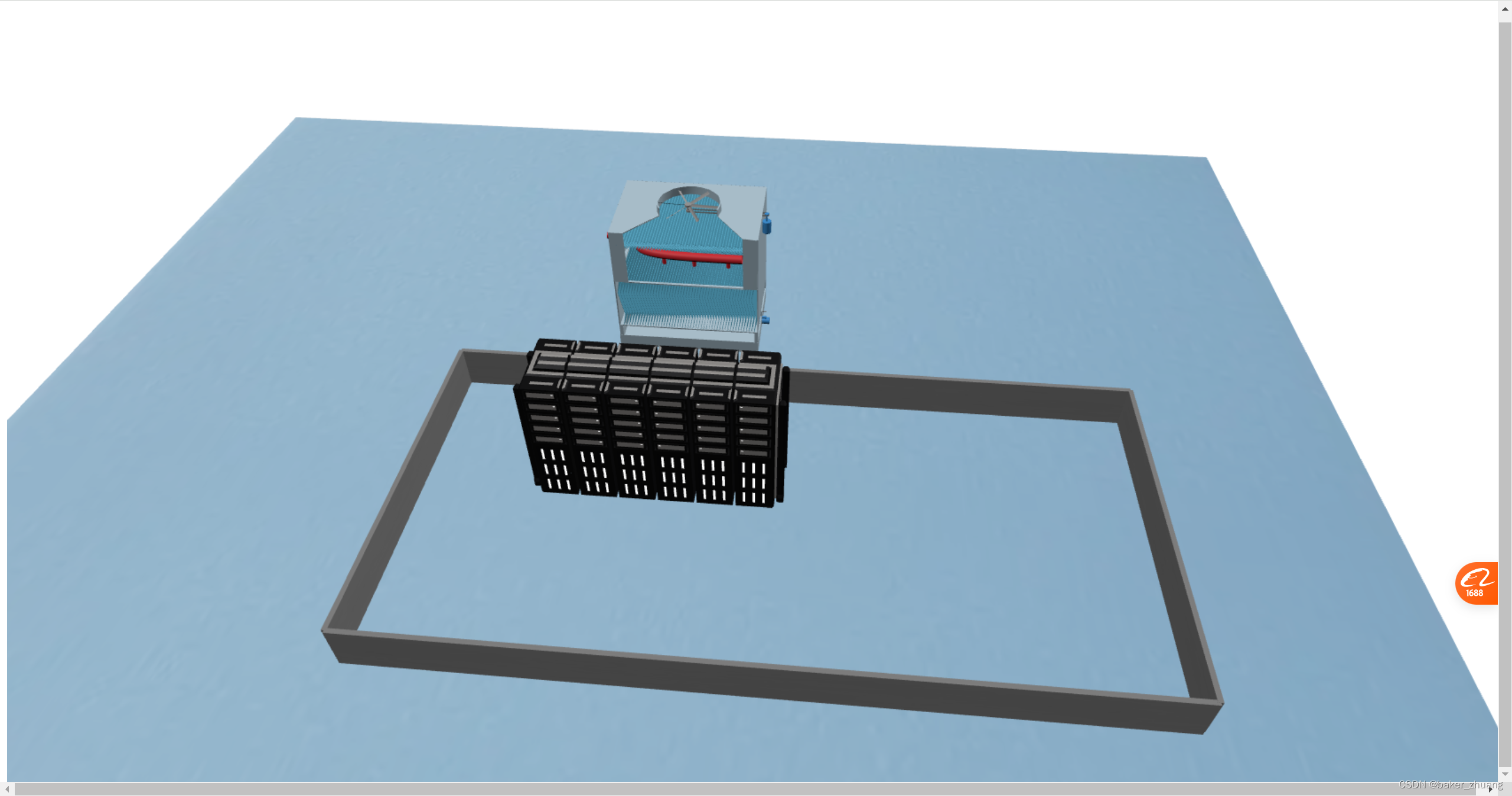
然后需要添加管道给这两个设备连接起来,并且其中一个为蓝色一个为红色,之前有讲过Threejs绘制管道效果,可以就把那部分拿过来使用,配置好每个坐标点,这里用两个方法一个绘制冷水,一个绘制热水,并且让水流动起来,这部分开发可以参考之前的章节,不过要调整水管的接入点,如果想要直角管,可以在点数组中添加两个拐弯点的坐标,就可以避免后续的点的影响,以达到直角管道的效果。
代码如下:
initColdTube(){
const path = new THREE.CatmullRomCurve3([
new THREE.Vector3(350, 300, 10),
new THREE.Vector3(380, 300, 10),
new THREE.Vector3(380, 300, 10),
new THREE.Vector3(380, 400, 10),
new THREE.Vector3(380, 400, 10),
new THREE.Vector3(320, 400, 7),
]);
let geometry1 = new THREE.TubeGeometry(path, 100, 1, 25, false);
let textureLoader = new THREE.TextureLoader();
let texture = textureLoader.load('/static/images/cold.png')
texture.wrapS = texture.wrapT = THREE.RepeatWrapping;
this.coldMaterial = new THREE.MeshBasicMaterial({
map:texture,
transparent: false,
}); //材质对象Material
let mesh1 = new THREE.Mesh(geometry1, this.coldMaterial); //网格模型对象Mesh
this.scene.add(mesh1); //网格模型添加到场景
let tubeGeometry2 = new THREE.TubeGeometry(path, 100, 2, 25, false);
let tubeMaterial2 = new THREE.MeshPhongMaterial({
color: 0xaaaaaa,
transparent: true,
opacity: 0.5,
});
let tube2 = new THREE.Mesh(tubeGeometry2, tubeMaterial2);
this.scene.add(tube2);
},
initHotTube(){
const path = new THREE.CatmullRomCurve3([
new THREE.Vector3(300, 300, 10),
new THREE.Vector3(230, 300, 10),
new THREE.Vector3(230, 300, 10),
new THREE.Vector3(230, 300, 53),
new THREE.Vector3(230, 300, 53),
new THREE.Vector3(230, 400, 53),
new THREE.Vector3(230, 400, 53),
new THREE.Vector3(270, 400, 53),
]);
let geometry1 = new THREE.TubeGeometry(path, 100, 1, 25, false);
let textureLoader = new THREE.TextureLoader();
let texture = textureLoader.load('/static/images/hot.png')
texture.wrapS = texture.wrapT = THREE.RepeatWrapping;
this.hotMaterial = new THREE.MeshBasicMaterial({
map:texture,
transparent: false,
}); //材质对象Material
let mesh1 = new THREE.Mesh(geometry1, this.hotMaterial); //网格模型对象Mesh
this.scene.add(mesh1); //网格模型添加到场景
let tubeGeometry2 = new THREE.TubeGeometry(path, 100, 2, 25, false);
let tubeMaterial2 = new THREE.MeshPhongMaterial({
color: 0xaaaaaa,
transparent: true,
opacity: 0.5,
});
let tube2 = new THREE.Mesh(tubeGeometry2, tubeMaterial2);
this.scene.add(tube2);
},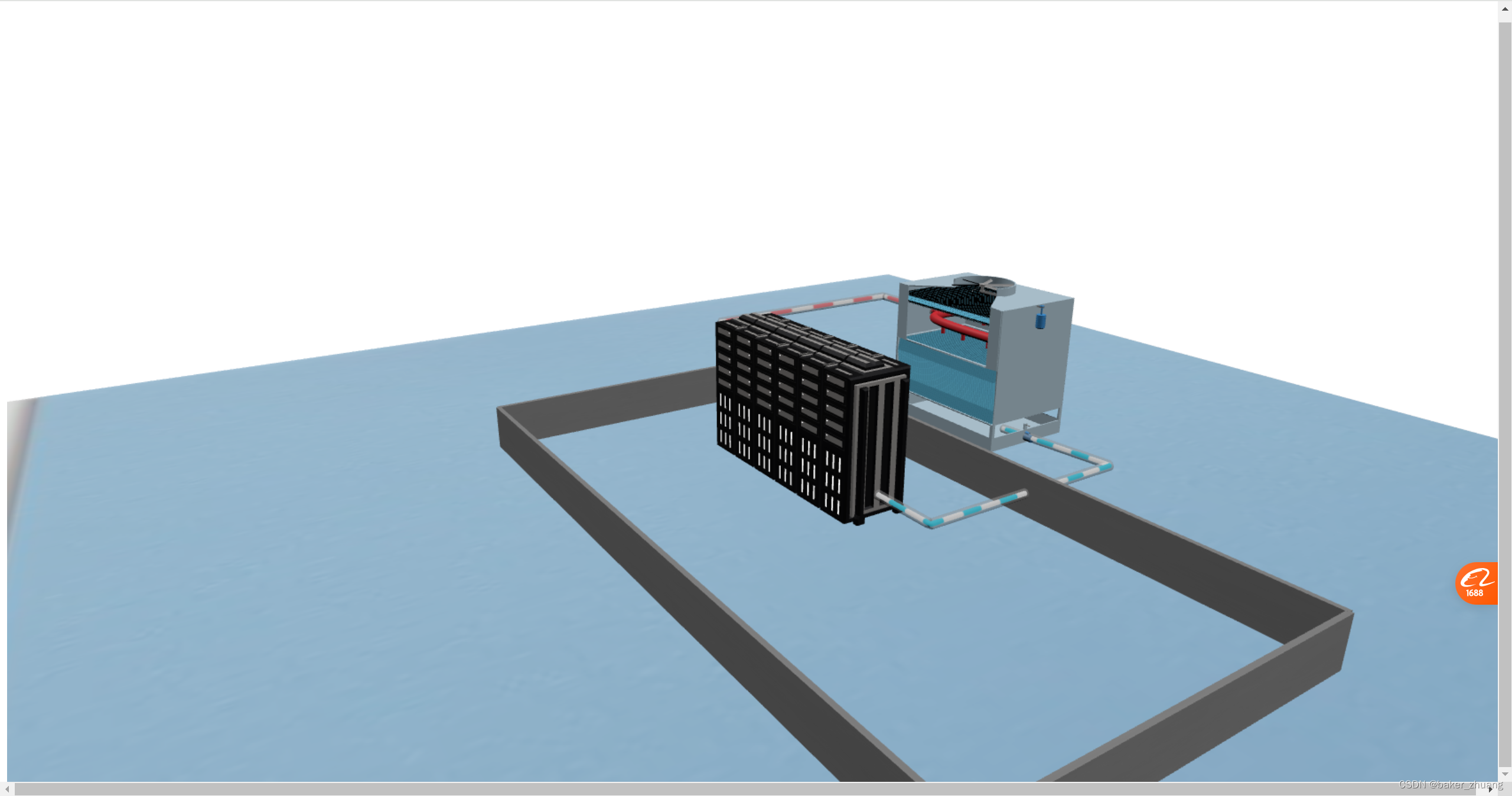
然后再给服务器和冷却设备添加状态和名字,用上个章节中给产线设备添加名字的方式:
initMachineName(x,y,z,name){//创建设备信息
const earthDiv = document.createElement('div');
earthDiv.className = "label";
earthDiv.innerHTML = "<div style='border:1px #FFFFFF solid;border-radius: 5px;width:90px;padding-left:10px'>" +
"<span style='font-size: 12px;color:#FFFFFF'>"+name+"</span><br/>" +
"<span style='font-size: 12px;color:#FFFFFF'>运行正常</span><br/>" +
"<span style='color:green;font-size: 12px;'>温度18℃</span>" +
"</div>";
const earthLabel = new CSS2DObject(earthDiv);
earthLabel.position.set(x,y,z);//相对于父级元素的位置
this.scene.add(earthLabel);
this.labelRenderer = new CSS2DRenderer();
this.labelRenderer.setSize(window.innerWidth, window.innerHeight);
document.body.appendChild(this.labelRenderer.domElement)
//设置样式
this.labelRenderer.domElement.style.position = 'fixed';
this.labelRenderer.domElement.style.top = '0px';
this.labelRenderer.domElement.style.left = '0px';
this.labelRenderer.domElement.style.zIndex = '10';//设置层级
},最终效果如下:
机房冷却
这样一共不到250代码,一个简单的机房数字孪生场景就做好了,如果需要源码可以在评论区留下邮箱,也可以私信一起交流学习。
